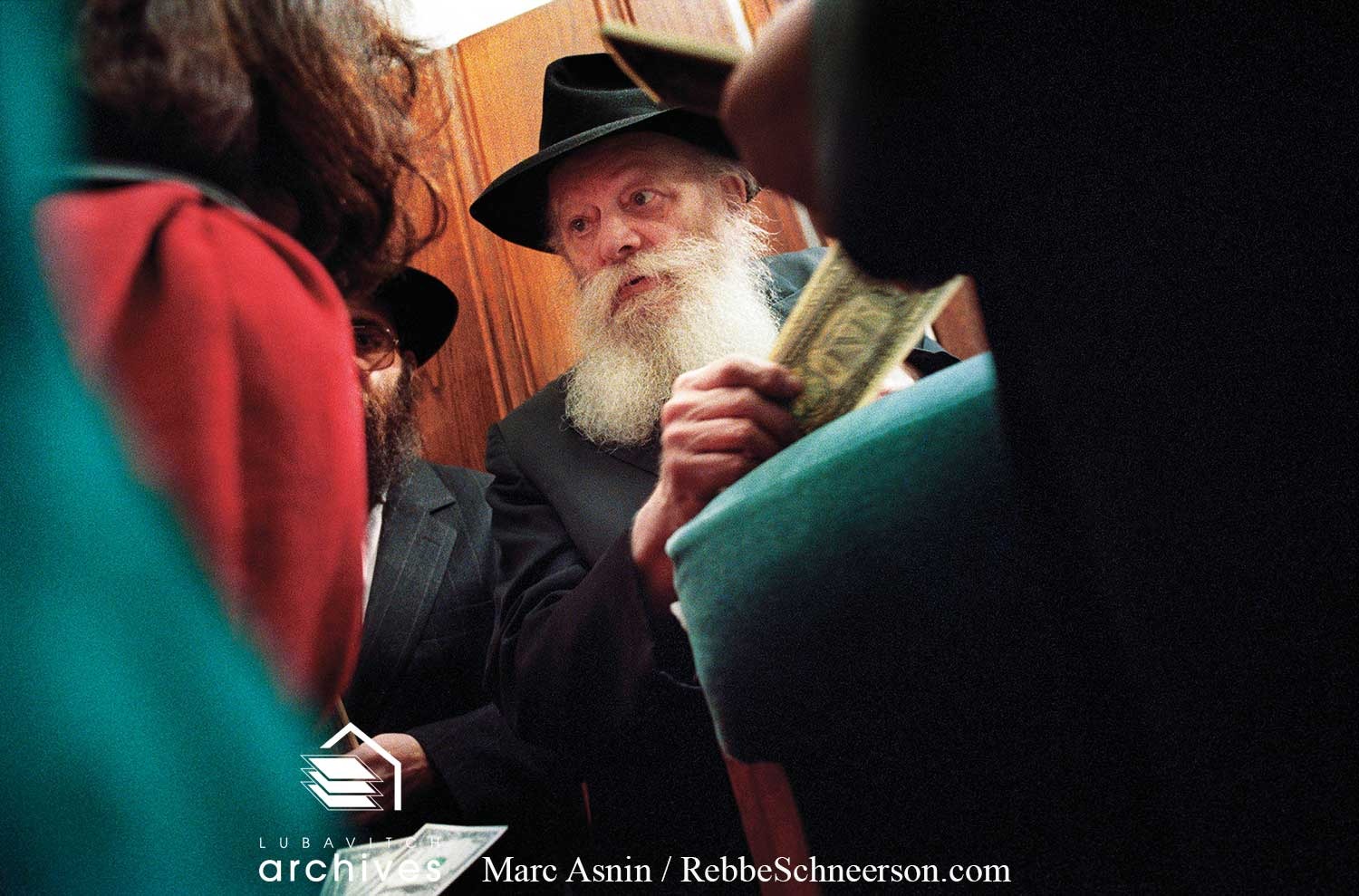In a new book, published in time for the Lubavitch Rebbe, Rav Menachem M. Schneerson ztl, thirtieth yahrtzeit, includes an essay “Rebbe by Choice” by Dovid Zaklikowski which compares the Rebbe’s derech in influencing those around him to Dale Carnegie’s advice in How to Win Friends & Influence People.
The essay is one of fifty essays in The Oracle: Portraits of Rebbe Mendel Schneerson, which includes the photos of Rav Schneerson which were photographed for the 1992 New York Times Magazine cover story “The Oracle of Crown Heights.”
The award-winning photographer Marc Asnin spent several weeks in Crown Heights for the New York Times and took thousands of photos, only a few of which were published in the magazine. Now, in time for the thirtieth yahrtzeit, Redux Pictures published these never-before-published photos in a coffee table book.
Through Asnin’s intimate photos and personal reflections, The Oracle examines a pivotal moment when Rav Schneerson was at the height of his influence and tells of the Chabad movement that continues to thrive decades after his passing.
Widely regarded as one of the most iconic books in the American canon, Carnegie’s book was first published in 1936, began a revolution in effective interaction between employees and employers, co-workers, and spouses. Time Magazine later called it “arguably the most influential” of self-help books: “Its sage advice rings true nearly 75 years later.”
“While there is no concrete proof that the Rebbe read it,” Zaklikowski writes in his essay, “It is Carnegie’s approach that seems to be blatantly apparent in the way the Rebbe tried to influence people to become more consciously Jewish, to take on more observance, and to be more involved in Jewish communal life.”
One such piece of advice, he continues, is the use of gentleness and friendliness, quoting Carnegie, “is demonstrated day after day by people who have learned that a drop of honey catches more flies than a gallon of gall.” This has become hallmark of the Rebbe’s approach to not denigrate those who have erred in their yiddishkeit, but to encourage them to grow in it. It has also been the way Chabad shluchim have approached reaching out to their local communities.
Rav Schneerson was not the only one to have incorporated Carnegie’s approach, Rav Dessler was said to also have incorporated his approach in his teachings.
The book, which according to Chabadpedia, has been banned from Crown Heights stores for also including objective criticism of the movement, has been hailed by others as a first attempt to understand the stories, their struggles and challenges, of those who became Rav Schneerson’s chassidim and admirers.
Zaklikowski, who has written over forty books, many of them on the teachings of Rav Schneerson, writes that for his essay he “interviewed over one hundred people. Because I wanted the interviewees to speak their minds freely, many of the conversations were carried out informally. In addition, I reviewed thousands of pages of original documents.”
The Rebbe contended that even those who seemed bad, Zalikowski writes, like the Jew who was not observant, had the potential to do good and should be encouraged in that path.
“Taking the long view, the Rebbe attracted people from all backgrounds and philosophies. As one person told me, you could be a disciple of the Rebbe and be modern, traditional, a fanatic, a non-believer, or a growing Jew.”













One Response
The book, which according to Chabadpedia, has been banned from Crown Heights stores for also including objective criticism of the movement
This is very misleading. The book was “banned” by WHO exactly!? It was REMOVED by CH stores after they discovered that this beautiful book contains an article that openly mocks and derides the Rebbe, his chassidim, and the shluchim.
It was rightfully felt that a book that disrespects the Rebbe like this should not be supported by Lubavitchers.
I can’t think of any sect that would support and sell a book with horribly derisive content about their beloved rabbi and themselves.